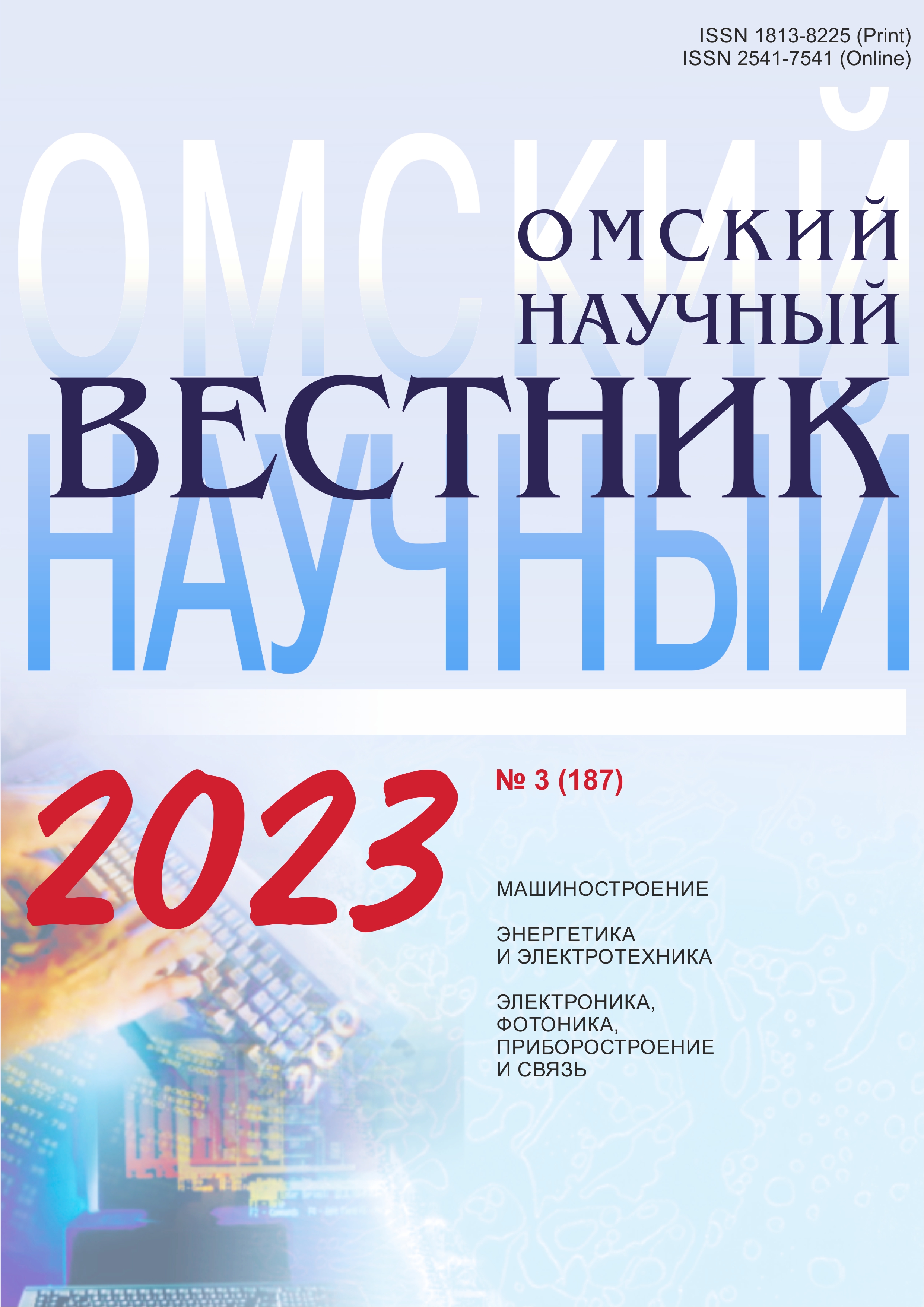Исследования на износостойкость конструкции радиального подшипника с учетом реологических свойств микрополярного смазочного материала
DOI:
https://doi.org/10.25206/1813-8225-2023-187-5-14Ключевые слова:
радиальный подшипник, исследование износостойкости, антифрикционное полимерное композиционное покрытие, канавка, верификация, турбулентный режим течения, зависимость вязкости от давления и температурыАннотация
Статья посвящена разработке и анализу модели движения микрополярного смазочного материала в рабочем зазоре радиального подшипника скольжения с фторопластсодержащим антифрикционным композиционным полимерным покрытием и с канавкой на опорной поверхности. Новые модели получены на базе классических уравнений в приближении для «тонкого слоя» и уравнения неразрывности, описывающих турбулентный режим движения смазочного материала с микрополярными реологическими свойствами. Результаты проведенного численного анализа полученных моделей существующих эксплуатационных характеристик позволили получить количественную оценку эффективности опорного профиля с фторопластсодержащим антифрикционным композиционным полимерным покрытием с осевой канавкой. Для завершения комплекса исследований и верификации теоретических разработок были выполнены экспериментальные исследования.Новизна работы заключается в конкретизации методики инженерных расчетов конструкции эффективного радиального подшипника с антифрикционным полимерным покрытием с осевой канавкой на опорной поверхности подшипниковой втулки при учете зависимости реологических свойств микрополярного смазочного материала от давления и температуры в турбулентном режиме, позволяющей оценить величину основных эксплуатационных характеристик: гидродинамического давления, нагрузочной способности и коэффициента трения, а также расширить область практического применения моделей для инженерных расчетов. Таким образом, конструкция радиального подшипника с полимерным покрытием опорного профиля, канавкой шириной 3 мм обеспечила стабильное всплытие вала на гидродинамическом клине, что экспериментально подтвердило правильность результатов теоретических исследований радиального подшипника диаметром 40 мм при скорости скольжения 0,3–3 м/с, нагрузке 4,9–24,5 МПа.
Скачивания
Опубликован
Как цитировать
Выпуск
Раздел
Лицензия
Неисключительные права на статью передаются журналу в полном соответствии с Лицензией Creative Commons BY-NC-SA 4.0 «Attribution-NonCommercial-ShareAlike» («Атрибуция-Некоммерчески-СохранениеУсловий») 4.0 Всемирная (CC BY-NC-SA 4.0)




